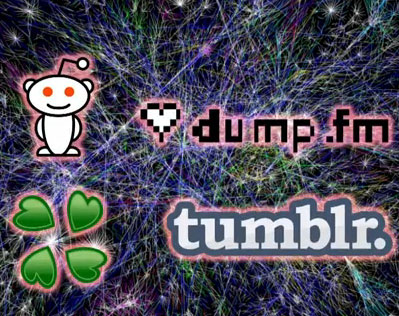
Ryder Ripps and others talk about collaborative culture online: [YouTube]
Almost ten years ago your humble narrator was talking up group participation "meme" databases and how they existed in a parallel universe from official net art culture. Glad to see PBS is waking up to this idea. Back then it was "the tourist guy" and now it is "strutting Leo" and the mixing is more accelerated but same concept.
PBS's understanding is a trifle shallow, though. These aren't art critics being interviewed but mostly Net Culture Analysts (Ripps is one of the few artists): for this type of pundit there is no art, no visual history to push against, only a cr-aa-azy world of remixes that anyone can do.
